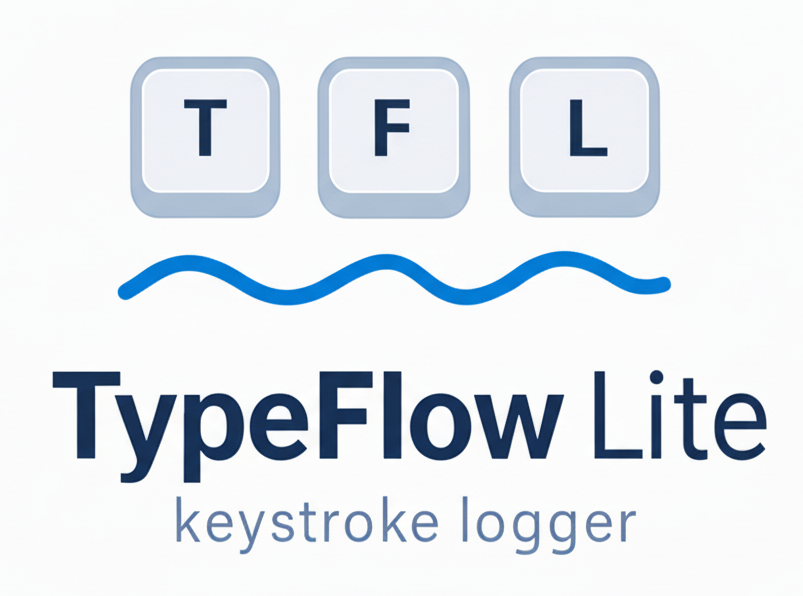What is keystroke logging?
It is a method to observe writing as it unfolds. The app records when keys are pressed, how long writers pause, and where they revise. This helps researchers study planning, formulation and revision, and helps teachers discuss writing behaviours with students.
TypeFlow makes this easy in the browser. You get time-stamped events and ready-to-analyze summaries without installing desktop software.
